548 Views
Ramp Leaf Jangajji (Soy-Marinated Ramp Leaves)

by
Jaye Fong
(IC: instagram)
4 servings
20 min
Have you ever had ramps? These foraged vegetables are found throughout the Midwest and only for a short time during spring! They are also called "wild garlic" and are (not shockingly) related to garlic and green onions/scallions. They have a sharp, biting onion taste when raw and a subtle sweet flavor when cooked into soups and stews.
Typically the bulbs are used for pickling and the leaves are discarded, however, you can utilize gorgeous leaves by making them into a soy-based fresh kimchi. This recipe is typically used for perilla leaves, a Korean staple, however I found that the ramp leaves are so perfect for this -- very refreshing and so attractive looking!
Ramp Leaf Jangajji (Soy-Marinated Ramp Leaves)
Recipe details
Ingredients
- 10-15 ramps (~30-40 ramp leaves, slender and wide)
- 10 tbsp soy sauce
- 1 tsp gochugaru (red pepper flakes)
- 1 tsp minced garlic
- 2 tbsp brown sugar
- 2 tbsp scallion, minced
- 1 cheongyang chili pepper, gutted and minced
Instructions
- Rinse the ramps. You can use the bulbs and stems for pickling. Trim right up to the bottom of the leaf.
- Place leaves flat in a giant heat proof bowl.
- Boil water in a kettle or pot.
- Prepare the marinade in a small bowl (all remaining ingredients). Stir well to combine the brown sugar.
- Pour boiled water over the ramp leaves until just submerged. Quickly rinse them under cold water. You are just flash blanching them so that they will bend and fold easily.
- In a glass storage container (or whatever rectangular container you can find with a tight lid), pour a little of the marinade. Just enough to coat the bottom.
- Working carefully, lift one leaf at a time so that the tip of the leaf points down. In a horizontal scissor-like motion, gently sandwich the leaf at the top near the stem between your index and middle fingers. Slowly slide your fingers down in unison to remove/slick off any additional water from the leaf.
- Lay the leaf in the container, folding any ends that are too long. Repeat until you have one layer like a lasagna.
- Pour a little of the marinade on top.
- Repeat. It is not necessary to pour marinade in between every single layer. You can make up to three layers before pouring more marinade if desired.
- Pour any remaining marinade on top.
- Can be eaten 1 day later and keeps up to one week.
Tips
- [PEPPERS] Cheongyang peppers are typically found in the Korean grocery store, however you can replace or omit as you see fit. I would recommend jalapeno or shishito as a replacement. If you desire more heat, you can try serrano.
- [SOYSAUCE] You can reduce the amount of soy sauce or use low-sodium if you are looking to reduce sodium intake.
- [GOCHUGARU] You can replace the Korean red chili pepper flakes with other red pepper flakes for a slightly different taste.

Want more details about this and other recipes? Check out more here!
Published March 20th, 2021 11:37 PM



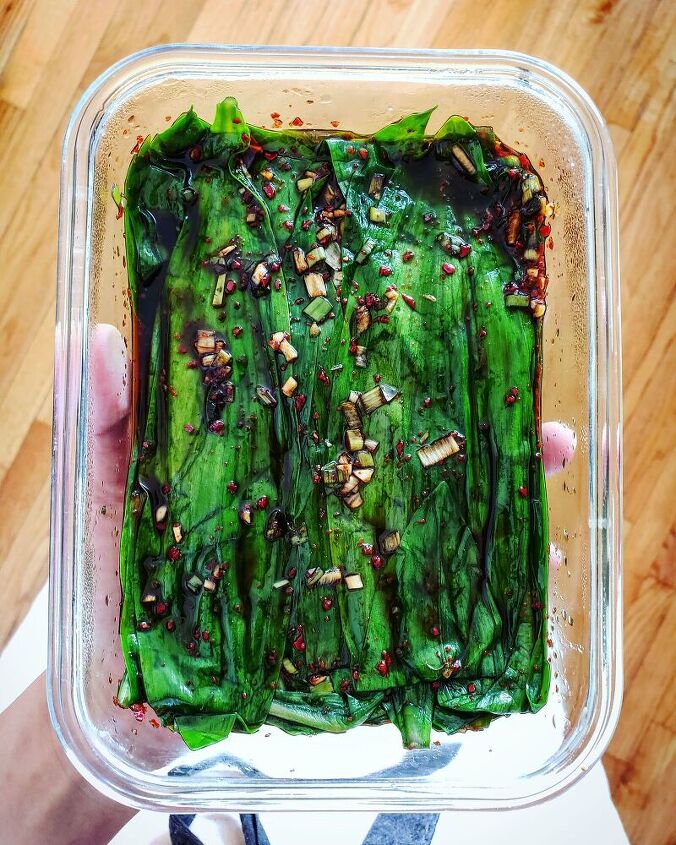


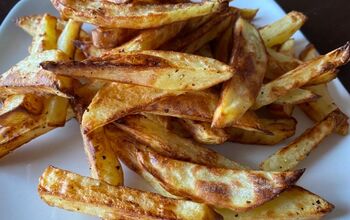
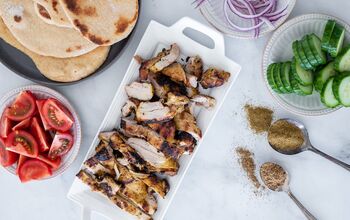
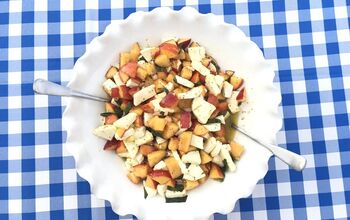
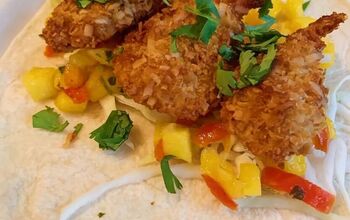
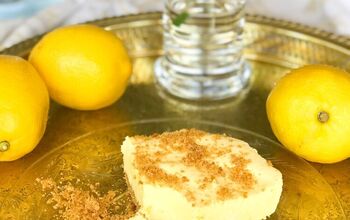
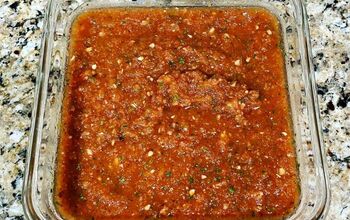




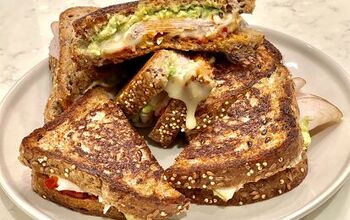
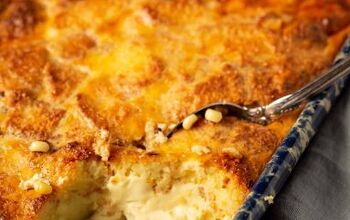

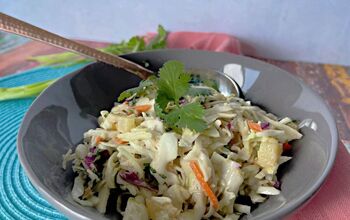

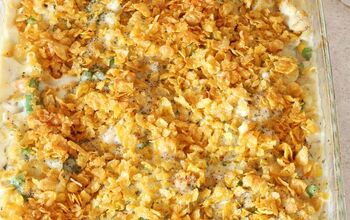


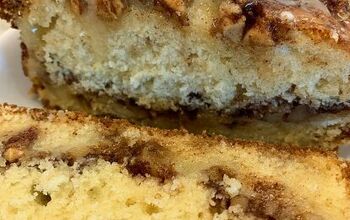
Comments
Share your thoughts, or ask a question!